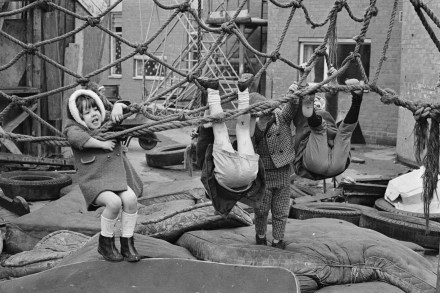The Trump doctrine
Were you ever not very nice at school? A bit of a tosspot to others, perhaps. Ever so slightly a jerk now and then and here and there? Were you inclined to take advantage of the weak, the vulnerable, the defenceless and lonely, to tease and wound and give not a single thought to the profound and lasting consequences that may come back to bite you in the posterior decades later? No, neither was I. At least I don’t think I was. Still, The Gift is enough to give you pause. If you are affected by any of the issues in this film, best log on to Friends Reunited, locate



















